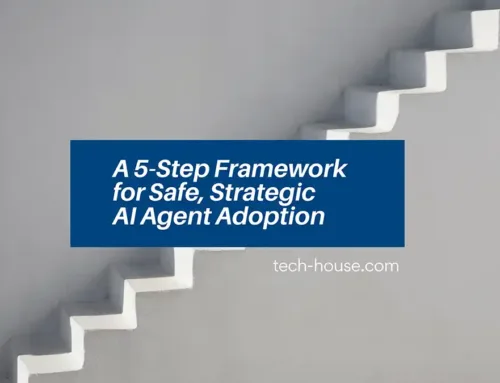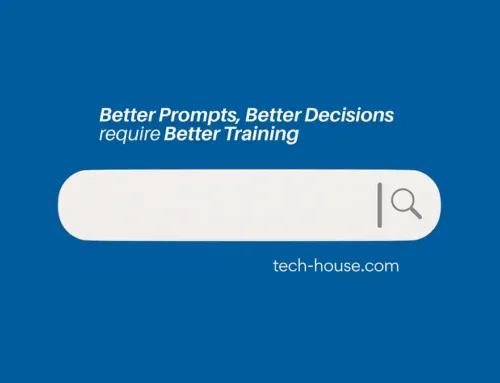Part 2: Testing. Testing. 123 Testing
Two key AI terms are training models and neural networks. A training model, well, you can train it and test the results, for example, with the OCR software we mentioned above. I have many invoices that I need to bring into my accounting software or ERP software. I can train AI to see what an invoice for my vendor looks like. Here’s where the account number is, and here’s the invoice date. Here’s the product I purchased, with the quantity and the amount. If I train the AI model on ten or more examples of invoices, I receive somewhat similar invoices, and then the AI model learns the rules and can figure out what to do when it receives the next invoice. And, if the AI model puts a product number in an invoice number field, I know that the AI model made a mistake and that it is not meeting my expected results. I can then train the model more to handle that and similar scenarios.
System testing is creating test criteria, testing against it, and comparing the results to what I expected.
If you need to understand whether you have a positive or negative profit on a project, you could highlight your profit number with color to stand out. If the profit is positive, make the numbers green; if negative, red.
If you copy the sample code below into a simple notepad text file and call it test.html, you can open that file with a browser and see a red negative five on the screen. These are specific instructions written in a language the software understands to tell the software to do something. The software follows the rules. You can open the file to run that software and confirm it functions as expected.
<!DOCTYPE html>
<html>
<body>
<h2>Number Color Indicator</h2>
<p id=”demo” style=”color: green;”></p>
<script>
var num = -5; // Change this to any number you want
document.getElementById(“demo”).style.color = num < 0 ? “red”: “green”;
document.getElementById(“demo”).innerHTML = num;
</script>
</body>
</html>
You could change the number from -5 to 5 and see that the number is green when you open the newly saved version. The HTML language is comprised of standard commands. You tested the software to ensure it follows the rules. The more complex the rules and the bigger the program, the more difficult it is to test thoroughly.
Many of us learned about testing hypotheses years ago in school. In the technology industry, system testing is testing the computer or software system. We define what we expect the results to be before running the test and then compare the system actions to see if they meet what we expect. Did the software put the invoice number in the invoice field and the product number in the product field? This testing process works when we have precise test data with clear conditions we are testing.
With system testing, we trust the software we use daily and like to see our invoices correctly added to our accounting software. When something is wrong, we submit it to be “fixed.” We expect computer systems to provide repeatable, predictable, and accurate results.
It’s not uncommon for people to say, “It seems like nobody tested this.” They think the software developers did not go through the process of defining test conditions, running the system to see if it produces those expected results, and comparing the actual to expected results to discern if the system is functioning as it needs to. If we ask software a question, we expect an accurate answer: “The computer can’t be wrong.” “Numbers don’t lie.”
If the computer system gives a different answer than we expected, the first thought could be, “What did I miss that my answer is different from the computer?” We may question our thinking before questioning the software. “System of Record” refers to the computer system that holds the “truth.”– accurate records you can trust. It is the place you can go and trust the data in that system to be accurate and true.
Traditional software does what humans do but more accurately and faster, a paradigm left over from the industrial age, when automation increased output and machine labor replaced human labor.
But AI is different.
In the next blog post we will explore how.
Don’t Go It Alone: Some ways TechHouse can help
- Free Webinars to stay aware: Contact us for our upcoming webinars.
- Check out Kathy’s AI panel on Bright Talk June 21st, 2024, at 1pm eastern.
- Our CoPilot AwareTM Solution contains curated assessments, sample policies, communications, and guides for your AI Adoption journey.
- Training and mentoring for you and your team: from Cybersecurity to Critical thinking workshops, our team is dedicated to transferring skills to help your team thrive in this new world.
- Technical Preparedness and Tools: Engage us for an AI preparation, Data Governance, cybersecurity, or CoPilot/AI rollout in your organization.





